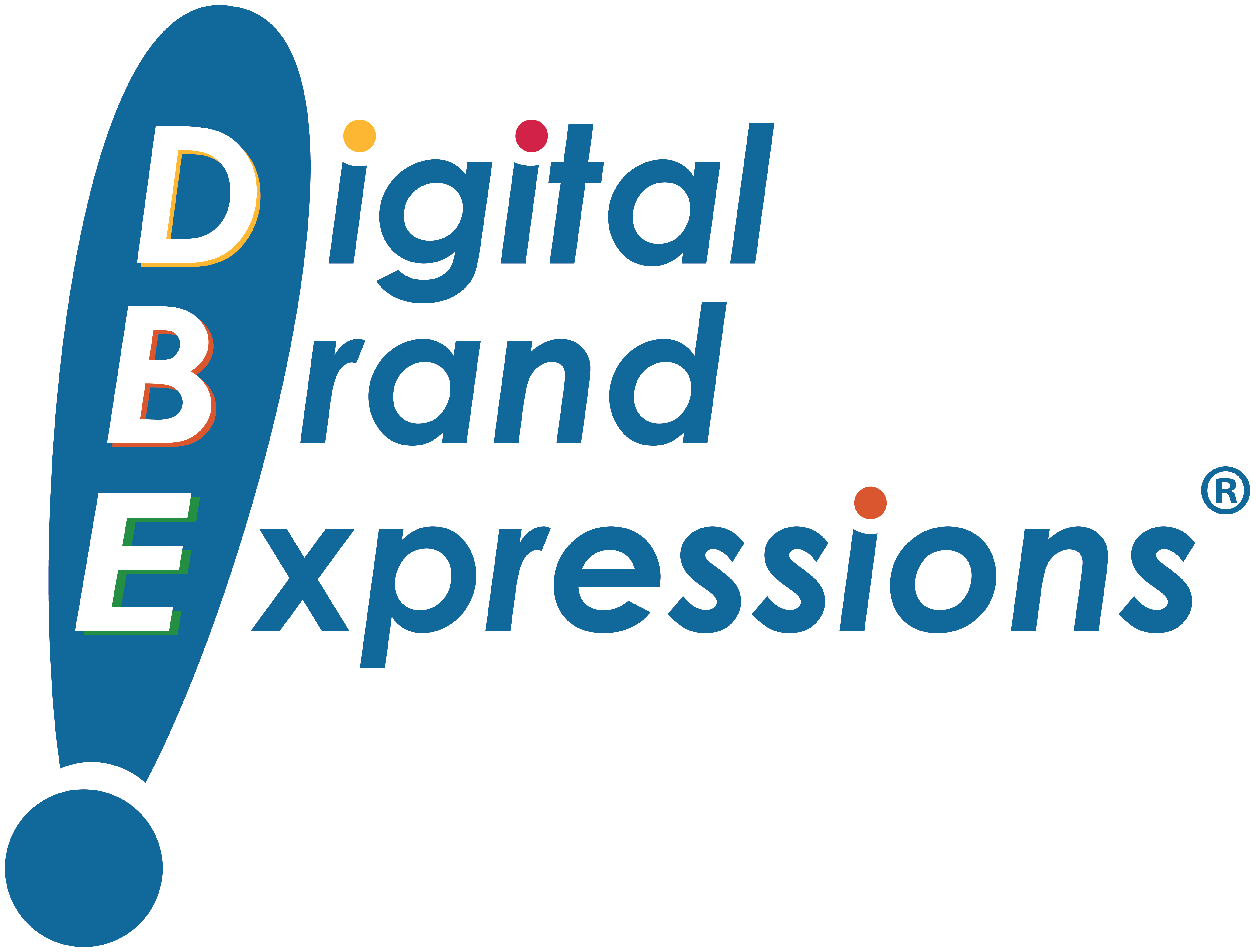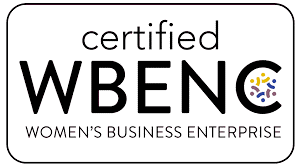By Rachel Petzinger
You’ve heard it before – it’s crucial to be on Facebook/Instagram/Twitter/Snapchat if you want to stay relevant with your customers. After all, in this day and age chances are most people have accounts on at least one of these social networks. By also having your brand on any of these platforms, you increase your chances of growing your business.
But what about platforms that are more niche – the ones that probably don’t have a share icon on most websites? While they may not bring in as large an audience as some of the bigger networks, they can still help show how dedicated you are to your brand’s stakeholders by being active in those smaller communities.
Here are four niche social platforms not used as often by companies as the bigger ones, but worth investigating for your business:
Periscope:
Periscope is a Twitter-owned mobile livestream platform that lets you share your content in real time with viewers from around the world. Using this app, you can add even more of a personal touch to your brand, as users during the broadcast can write messages and you can verbally respond back. You can provide tutorials, broadcast live events that your company might be hosting or attending, and give a behind-the-scenes look at what goes on at your office. Periscope sends out a notification to all of your Twitter followers once you are live and will leave your recording up for 24 hours.
SlideShare:
SlideShare lets you upload PowerPoints, PDFs, Keynotes or OpenDocument presentations to your profile, allowing you to share tutorials or takeaways from industry events with your audience in a hands-on approach that doesn’t require any downloading. There is also a feature called Zipcast, which allows presenters to broadcast an audio/video feed while going through a presentation. Simultaneously, your audience can discuss the presentation as it’s happening, and you can monitor questions or comments they may have in real time.
Medium:
Medium is an online publishing platform that allows users to publish and share their own stories, blogs, and insights within the community. It has evolved into what some consider a unique form of social journalism with authenticity to the pieces – individuals write on their own, without needing to please editors or appeal to large fan bases. Additionally, posts can be longer than they often are on other platforms.
Perhaps what is most unique about Medium is its algorithm for how posts get visibility. The platform prioritizes quality over timeline – meaning you can post as often or as little as you want, and as long as your content is good (meaning frequently read all the way through and recommended by readers) you’re likely to still be seen.
Vimeo:
Vimeo is a video-sharing website designed with filmmakers in mind. It’s similar to YouTube, but places an emphasis on videos being selective and creative and does not advertise on uploaded content. Because of the nature of its artistic content, the audience on Vimeo is generally more mature than that of YouTube – people are more likely to engage and give feedback.
Vimeo recently launched a new membership plan aimed specifically at small businesses. For $599 a year, brands can add clickable calls to action to uploads and capture emails in embedded videos, which is great for generating leads for email marketing campaigns.
Summary
While these platforms might not get the levels of visibility and engagement you would expect from Facebook or Twitter, you can still reach people who are a part of small, integrated communities and dedicated to learning and helping each other. What are some other small-scale platforms that your brand uses? Share in the comments below!


